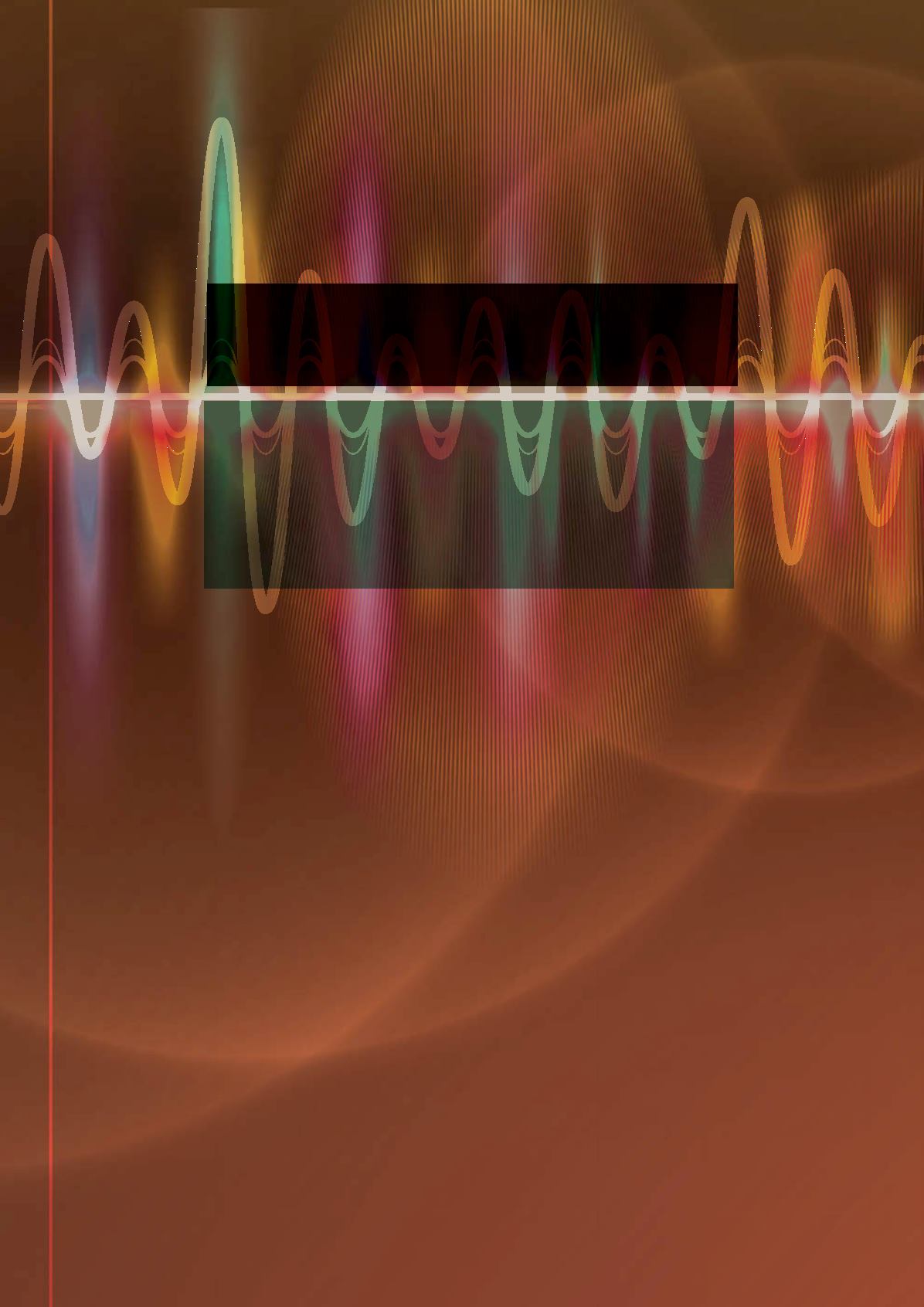
99
W
hen the first operational data historians
(i.e. process historians) emerged nearly
four decades ago to begin replacing pen
and paper chart recorders, they focused on relatively
slow-changing process variable data from batch and
continuous processes. Data from such processes did not
typically need to be characterised in the historian with
resolution better than every few minutes or seconds. Indeed,
while the underlying control loops may have needed to
function at sub-second speeds, summary data at 5 or 10 sec.
intervals was often considered more than adequate and the
concept of breaking the ‘one second data’ barrier became
the process industry’s equivalent of the 4 min. mile. Given
the requirement for tens, or even hundreds, of thousands of
process points at collection speeds measured in seconds or
minutes, it is not surprising that process historians focused
and evolved along a path of handling a large number
of points at intervals measured in seconds rather than
milliseconds, sampling speeds for individual points.
At the same time, online software for historising and
analysing machinery vibration was evolving along a parallel,
but separate, path. Unlike process historian software, its
focus was on a much smaller number of total measurement
points (or ‘tags’ in process historian parlance) – often fewer
than 500 – but at much faster sampling rates. To put this in
context, adequately capturing a waveform from a typical
vibration sensor requires sampling rates of 40 kHz, or, as
Nyquist dictates, 20 000 times faster than 1 sec. of process
data without aliasing. An uncompressed, high-fidelity audio
signal requires approximately the same sample rates as a
typical vibration signal and is, therefore, a useful proxy when
thinking of vibration data requirements. A conventional
compact disc (600 MB) can hold approximately 60 min. of
two-channel (stereo) audio data. Likewise, it can hold
approximately 60 min. of uncompressed vibration data from
two sensors.
Clearly, the sampling speeds of vibration data and its
associated storage requirements meant that systems,
which were originally designed for historising process data,
were not able – until recently – to address high speed
vibration data applications.
Therefore, within this historical context, two separate
systems and infrastructures evolved: one for the specialised
data generated by the vibration monitoring subsystems; and
one for the process variable type data generated by virtually
every other subsystem in the plant, whether process control,
turbine control, motor control, or any other type of control
or monitoring. This is depicted in Figure 1.
READING THE
WAVES
Steve Sabin and Randall Chitwood, SETPOINT Vibration,
USA,
show how modern commercial process historians can also
serve as full-featured vibration monitoring software.


